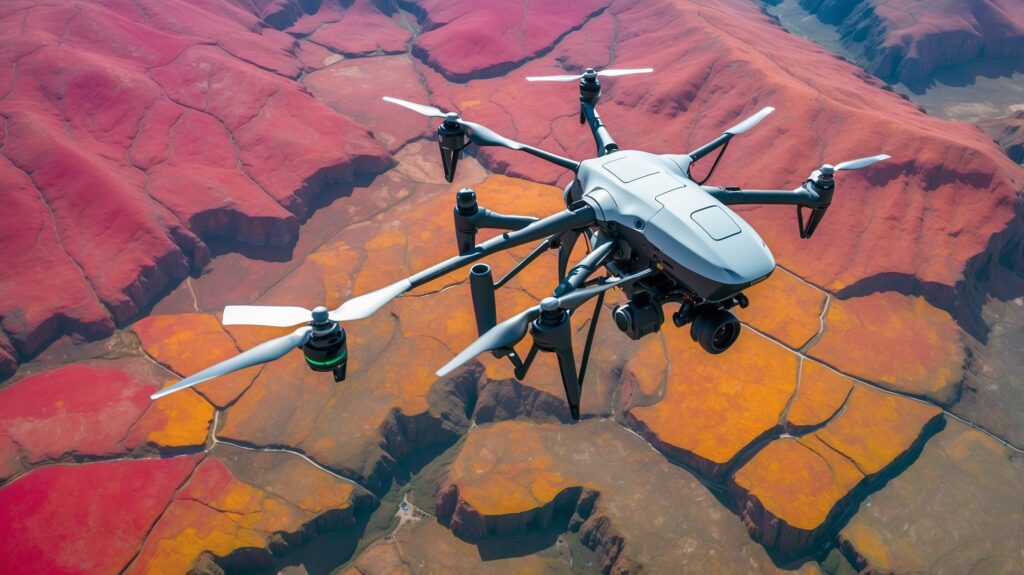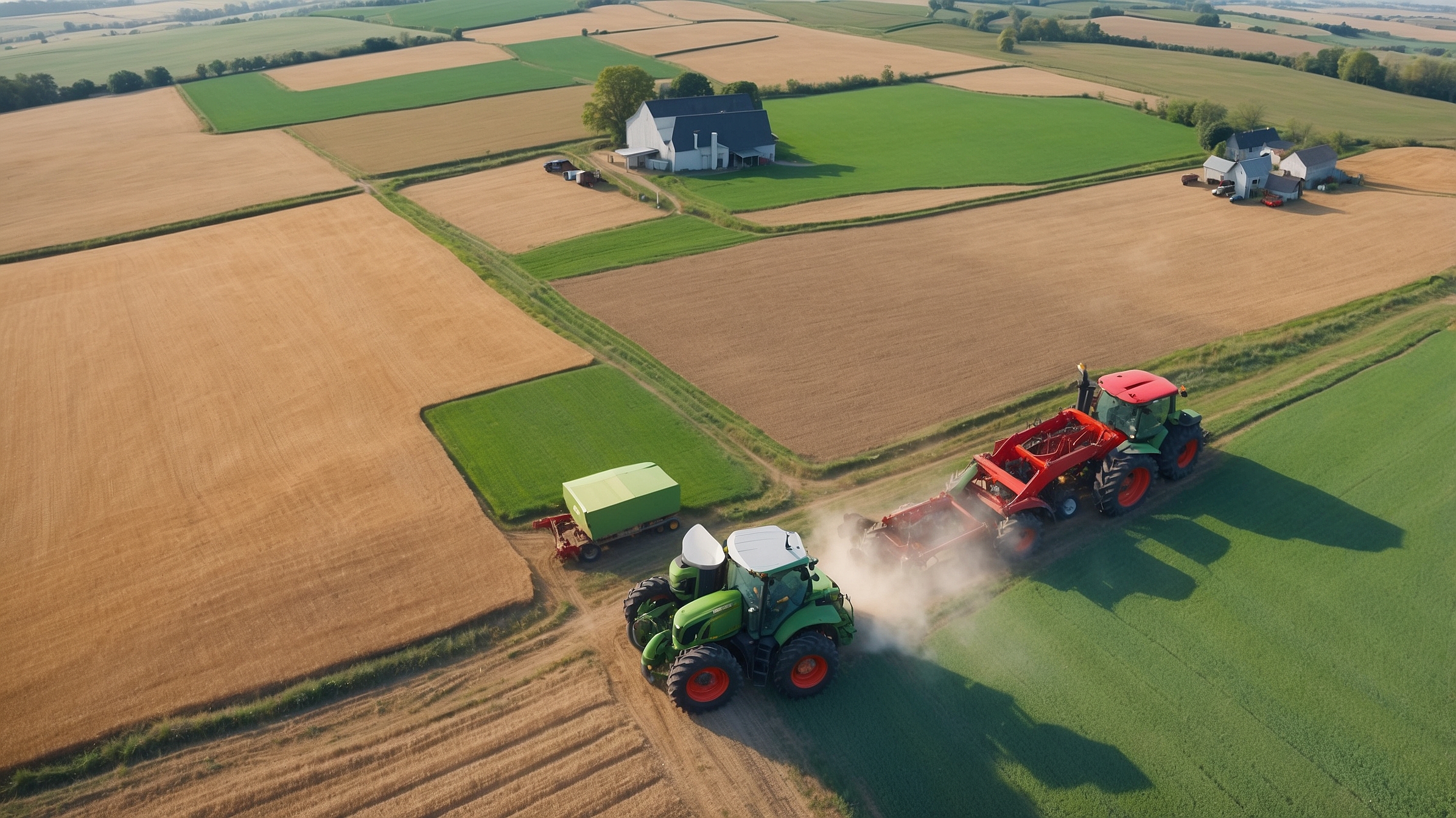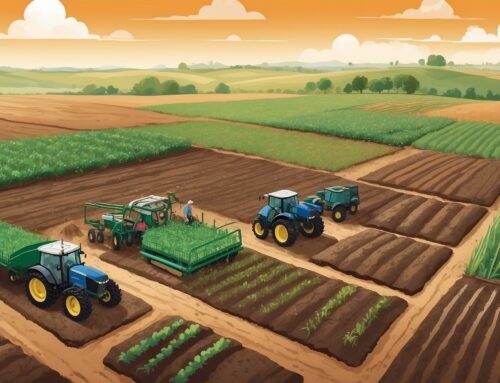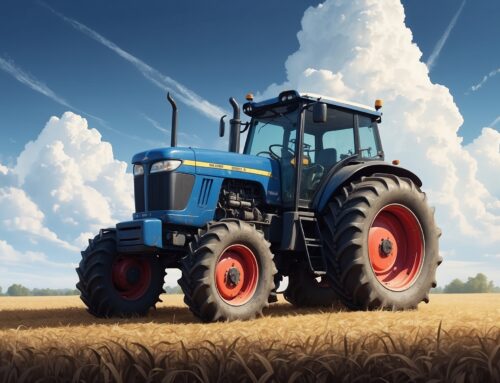Howdy folks! Ever feel like you’re running out of ways to get a good view of your fields? Sure, you can hop on the tractor and drive around, but sometimes even a solid scouting trip can miss what’s really going on. Well, that’s where drones swoop in—literally—to save the day. These things aren’t just for your neighbor’s teenager to buzz around the backyard; they’re turning into one of the handiest tools in a farmer’s toolkit. Today, let’s talk about how aerial imaging is changing the game and why a bird’s-eye view might just be the best view of all.
Bird’s-Eye View Beats Tractor’s Eye View
Let’s face it: even the best scout can only see what’s right in front of them. We’ve all been there—driving along, feeling pretty good about the field until you get to that one corner that looks like it’s been hosting a critter rave. It’s frustrating. That’s where drones come in handy. They let you get an aerial view of your entire farm without having to step off your porch. You can see patterns you’d never spot from the ground, like where the soil’s a little light, where the moisture’s pooling, or which rows are lagging behind.
With aerial imaging, you can catch the stuff that sneaks by unnoticed when you’re working from ground level. Imagine spotting an irrigation issue before your corn starts turning crispy, or identifying areas of nutrient stress before the whole field is looking a bit too yellow. With drones, you’re not just a farmer; you’re practically an eagle, soaring above, keeping an eye on everything. Plus, you don’t have to risk getting the truck stuck in a ditch just to get a closer look.

High-Tech Scouting Without the Sore Feet
Drones aren’t just about pretty pictures, though—they’re about data. You get multi-spectral images that tell you all kinds of things your eyeballs alone couldn’t catch. It’s like having a superpower. These images help identify crop health through the magic of NDVI (Normalized Difference Vegetation Index—try saying that five times fast). Essentially, you can tell how healthy your crops are just by looking at the light they’re reflecting. It’s like seeing the crop’s aura—only instead of figuring out its inner feelings, you’re figuring out if it needs a bit more NPK.
For example, if you spot a few patches that aren’t reflecting much of that healthy green glow, you’ve got time to intervene—maybe adjust the irrigation or get a foliar feed going—before it becomes a full-blown problem. Think of it as an early warning system, kind of like a weather alert, but for your crops. It saves time, effort, and a whole lot of second-guessing.
Saving Time, Saving Money, Saving Sanity
Here’s the thing: farming isn’t just about what you can do, it’s about how efficiently you can do it. The name of the game is to get the best yield without running yourself ragged or spending your kid’s college fund on fertilizer. Drones help with that because they optimize everything. You get a clear picture of where you need to put in effort and, just as importantly, where you don’t.
If only 10% of your field needs more nitrogen, then you don’t have to broadcast it across the whole thing. And if only the southeast corner has spider mites starting to munch, then that’s the only corner you need to treat. It’s called precision agriculture, but around here, we just call it common sense. Why put in extra work when you don’t have to?
Not to mention, drones are a whole lot easier to get in the air compared to other options. You don’t need to hire a plane, wait for satellite imagery, or put your boots on (again) after finally kicking them off for the day. A drone and a controller is all it takes—simple as that.
The Future is Overhead
Drones and aerial imaging aren’t just some passing fad—they’re the future of farming. As this tech becomes more affordable, more of us will be able to add it to our operation. And why not? It’s giving us a whole new way to look at our fields, to solve problems faster, and to farm smarter. It’s almost like having another pair of eyes—eyes that can hover 300 feet above and tell you exactly what’s happening across the whole spread.
So next time you see a drone buzzing overhead, don’t think of it as just a fancy toy or a nuisance. Think of it as a window into what your field needs. It’s about finding problems before they find you, saving time, and making sure you’re putting your effort where it counts the most. Plus, let’s be real: it’s just plain fun to see your farm from above.
Happy scouting, folks—keep those crops growing and those drones flying!





